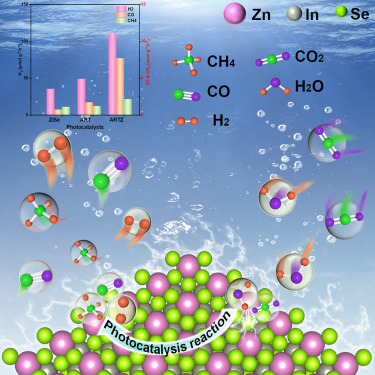
# **Serendipitous Discovery: Remarkable Microscopic Patterns Engraved on Germanium Surface**
An astonishing revelation in materials science has arisen from a minor overnight mistake. Researchers at the University of California, Los Angeles (UCLA) discovered a captivating array of microscopic patterns—spirals, radial motifs, and complex disordered formations—engraved on the surface of a germanium wafer. This unanticipated occurrence stemmed from a metal-catalysed etching procedure and is providing fresh perspectives on surface pattern development and material stress impacts.
## **The Unintentional Revelation of Spiral Designs**
The finding transpired when a sample was accidentally left exposed overnight, resulting in the appearance of minuscule dots on the surface of the germanium wafer. Upon detailed scrutiny under a microscope, researchers realized that these dots were, in fact, beautifully engraved spirals. This incited further exploration into the formation of these delicate patterns.
## **Metal-Catalysed Etching Study**
To unveil the process behind these striking patterns, the research team executed a methodical experiment utilizing layers of metals and an etching solution on the germanium wafer. Their procedure involved:
1. **Metal Layer Application** – A **10 nm chromium** layer was initially evaporated onto the germanium wafer, succeeded by a **4 nm gold** layer.
2. **Etching Solution Introduction** – A gentle etching solution was applied to the metal-coated surface of the germanium.
3. **Overnight Drying & Re-incubation** – The sample was allowed to dry overnight and subsequently re-incubated in a moist chamber with the same etching solution to avoid evaporation.
Over a **1 to 2-day timeframe**, a chemically catalysed reaction involving the metal layers led to the spontaneous emergence of remarkable geometric etchings across the germanium surface. These figures measured approximately **100 μm in size** and exhibited strikingly structured spirals and radial designs amidst chaotic formations.
## **Comprehending the Origin of the Patterns**
The patterns formed at the **boundary between the metal layers and the germanium surface**. The researchers observed that the metal coatings were under stress, which caused their separation from the substrate. In certain regions, these stress-induced separations led to **Euler buckling**—a mechanical instability where thin films crinkle or fold—further shaping the etched formations.
Moreover, slight modifications in the experiment had significant effects on the resulting patterns. For example:
– **Altering the thickness of the metal layers** changed the kinds of structures created.
– **Variations in mechanical stress on the sample before etching** affected the final arrangement of patterns.
## **Significance and Future Investigations**
This unintentional finding opens new avenues in the realms of **surface engineering, material science, and nanotechnology**. Grasping how stress and catalysis affect etching processes could lead to breakthroughs in **microfabrication, semiconductor technology, and advanced coatings**.
Additional inquiries into **controlled pattern creation** may produce novel techniques for designing **tailored surface textures** at the microscopic scale. This could be advantageous for sectors like **electronics, photonics, and biomaterials**, where exact microstructural control is essential.
## **Conclusion**
What commenced as an unforeseen overnight exposure has paved the way for an exhilarating new domain of scientific exploration. The remarkable spiral and radial patterns on germanium not only intrigue aesthetically but also offer critical insights into surface stress, chemical etching, and material science at microscopic levels. This discovery exemplifies how unpredictable observations can lead to significant advancements, reinforcing the idea that occasionally, **science’s most significant breakthroughs occur by coincidence.**